Home>Garden Essentials>What Kind Of Rocks For Landscape Design


Garden Essentials
What Kind Of Rocks For Landscape Design
Modified: March 7, 2024
Discover the perfect garden rocks for your landscape design. Enhance your garden's beauty with a variety of rocks suitable for different garden styles.
(Many of the links in this article redirect to a specific reviewed product. Your purchase of these products through affiliate links helps to generate commission for Storables.com, at no extra cost. Learn more)
Introduction
When it comes to designing a beautiful and functional landscape, one element that often gets overlooked is the use of rocks. Incorporating rocks into your landscape design can add texture, color, and a natural aesthetic that can transform your outdoor space into a tranquil oasis. But with so many different types of rocks to choose from, how do you know which ones are best for your garden?
In this article, we will explore the various types of rocks commonly used in landscape design, factors to consider when choosing rocks, popular options, and how to utilize them to enhance your outdoor space.
Whether you’re looking to create a stunning rock garden, build a retaining wall, or simply add decorative accents to your yard, understanding the different types of rocks and their characteristics is crucial. So, let’s dive deeper into the world of rocks for landscape design and discover how they can elevate the beauty of your outdoor space.
Key Takeaways:
- Rocks like basalt, granite, and marble are durable and add texture to gardens. Consider size, color, and compatibility with plants when choosing rocks for landscape design.
- Popular rocks such as river rocks, beach pebbles, and flagstone can be used for pathways, retaining walls, and rock gardens. Get creative and experiment with different arrangements to enhance your outdoor space.
Read more: What Is The Best Rock For Landscaping
Types of Rocks for Landscape Design
When selecting rocks for your landscape design, it’s essential to understand the different types of rocks available and their unique characteristics. Here are three primary categories of rocks commonly used in landscaping:
Igneous Rocks
Igneous rocks are formed through the cooling and solidification of molten lava or magma. They are known for their durability and resistance to weathering, making them a popular choice for outdoor applications. Common types of igneous rocks used in landscape design include basalt, granite, and obsidian.
Basalt is a dark-colored, fine-grained rock that adds a bold and dramatic look to any garden. It is often used in pathways, stepping stones, and retaining walls. Granite, with its granular texture and variety of colors, is another excellent choice for creating visually appealing hardscapes. Obsidian, a volcanic glass known for its shiny and smooth appearance, can be utilized as ornamental pieces.
Sedimentary Rocks
Sedimentary rocks are formed through the accumulation and compression of sediment over time. They come in a wide range of colors, textures, and densities, making them versatile options for landscaping. Popular types of sedimentary rocks used in landscape design include sandstone, limestone, and shale.
Sandstone, characterized by its beautiful grain patterns, is frequently used in creating natural-looking rock formations and retaining walls. Limestone, with its soft appearance and neutral tones, is ideal for adding a touch of elegance to a garden. Shale, a layered rock, is often used for creating pathways and decorative accents.
Metamorphic Rocks
Metamorphic rocks are formed when existing rocks undergo extreme heat and pressure, causing their composition and structure to change. They are known for their unique patterns, textures, and durability. Some common examples of metamorphic rocks in landscaping include marble, slate, and quartzite.
Marble, with its smooth, polished surface and luxurious appearance, is highly sought after for outdoor accents, such as fountains and sculptures. Slate, with its fine-grained texture and rich colors, is commonly used in pathways and patios. Quartzite, known for its hardness and resistance to heat, is an excellent choice for outdoor kitchen countertops and fire pits.
By understanding the characteristics of these different types of rocks, you can make informed decisions when choosing the right rocks for your landscape design project. Consider factors such as appearance, durability, and compatibility with your overall design concept to create a stunning and cohesive outdoor environment.
Read more: What Color Rocks For Landscaping
Factors to Consider when Choosing Rocks for Landscape Design
When selecting rocks for your landscape design, there are several important factors to consider. By taking these factors into account, you can ensure that the rocks you choose not only enhance the aesthetic appeal of your outdoor space but also serve a practical purpose. Here are the key factors to keep in mind:
Size and Shape
The size and shape of rocks play a significant role in the overall design and functionality of your landscape. Larger rocks can create a bold and dramatic focal point or be used as natural barriers, while smaller rocks can be used for ground cover or decorative purposes. Consider the various sizes and shapes available, and choose ones that will complement the overall layout of your garden.
Color and Texture
Color and texture are essential for creating visual interest and harmonizing with the surrounding environment. Rocks come in a wide range of colors, from earthy browns and grays to vibrant reds and blues. Consider the color scheme of your garden and choose rocks that will either blend in or provide a contrasting accent. The texture of rocks can also add depth and dimension to your landscape, so think about the roughness or smoothness of the rocks and how they will interact with other elements in your design.
Durability and Maintenance
When selecting rocks for your landscape, it’s important to choose ones that are durable and will withstand the elements. Rocks that easily erode or crack may require frequent replacements, leading to additional maintenance and costs. Opt for rocks that can withstand the local climate conditions and require minimal upkeep. Consider factors such as resistance to weathering, erosion, and the overall lifespan of the rocks.
Compatibility with Plants and Other Landscape Elements
Another crucial factor to consider is the compatibility of the rocks with the existing plants and other landscape elements. Ensure that the rocks you choose will not negatively impact the growth and health of your plants. Some rocks, such as limestone, can change the pH level of the soil, which may affect certain plant species. Additionally, consider how the rocks will harmonize with other elements in your landscape, such as water features, pathways, and outdoor structures.
By considering these factors when choosing rocks for your landscape design, you can create a cohesive and visually appealing outdoor environment that is both functional and aesthetically pleasing. Take the time to evaluate each factor and make informed decisions to bring your landscape vision to life.
Popular Rocks for Landscape Design
When it comes to landscape design, certain types of rocks have become incredibly popular due to their versatility, durability, and aesthetic appeal. Here are several popular rocks commonly used in landscape design:
River Rocks
River rocks, also known as river stones or pebbles, are smooth, rounded stones that are naturally found in riverbeds. These rocks come in various sizes and colors, ranging from small pea-sized rocks to larger cobbles. River rocks are a popular choice for adding texture and visual interest to gardens. They’re often used for creating pathways, edging, or as decorative accents around plants and water features.
Beach Pebbles
Beach pebbles, as the name suggests, are small, smooth stones that are reminiscent of what you would find on the beach. These rocks are typically rounded and come in a variety of colors, including shades of white, gray, and black. Beach pebbles are popular in landscape design for their ability to create a serene and coastal feel. They’re commonly used in Zen gardens, around water features, or as ground cover to mimic the look of a beach.
Read more: What Size Rock Is Best For Landscaping?
Flagstone
Flagstone is a thin, flat rock that is commonly used for creating pathways, patios, and stepping stones in landscape design. It is available in various colors, such as gray, brown, and red, and its irregular shape gives it a natural and rustic appearance. Flagstone is highly versatile and can be laid in a variety of patterns, making it a favorite choice for adding both functionality and visual interest to outdoor spaces.
Limestone
Limestone, with its soft and muted colors, is a popular choice for landscape design. It is often used for creating retaining walls, garden borders, and walkways. Limestone is known for its durability and ability to withstand various weather conditions. It can also be carved or fabricated into different shapes, allowing for creative and unique designs. However, it’s important to note that limestone can alter the pH level of the soil, so it should be used carefully around certain plants.
Granite
Granite is a robust and durable rock that is commonly used in landscaping. It comes in various colors, including gray, pink, and black, and can be polished or left in a natural state. Granite is often utilized for creating steps, retaining walls, and outdoor kitchen countertops. Its strength and resistance to weathering make it an ideal choice for high-traffic areas and areas prone to heavy rainfall or extreme temperatures.
Sandstone
Sandstone is a sedimentary rock known for its beautiful texture and warm colors. It is often used in landscape design for creating retaining walls, garden borders, and patio surfaces. Sandstone has a natural, organic appearance and blends well with both natural and modern design styles. It is a highly durable rock that can withstand various weather conditions, making it a popular choice for outdoor applications.
These are just a few examples of popular rocks used in landscape design. When selecting rocks for your outdoor space, consider the overall look and feel you want to achieve, as well as the specific functional requirements. By selecting the right rocks, you can create a beautiful and visually captivating landscape that will stand the test of time.
Read more: What To Put Under Landscaping Rocks
How to Use Rocks in Landscape Design
Rocks are incredibly versatile and can be used in a variety of ways to enhance your landscape design. From creating pathways to building water features, rocks can add functionality and aesthetic appeal to your outdoor space. Here are some creative ways to incorporate rocks into your landscape design:
Pathways and Walkways
One popular use for rocks in landscape design is to create pathways and walkways. Whether you prefer a formal or a more natural look, rocks can be arranged to form a visually appealing and functional pathway. Use larger rocks or stepping stones to define the path, and fill the gaps with smaller pebbles or gravel for stability. Consider combining different types of rocks for added texture and contrast.
Retaining Walls
Rocks are also commonly used for building retaining walls, which are essential for preventing soil erosion and creating terraced areas in sloped landscapes. The natural strength and durability of rocks make them an excellent choice for retaining walls. Dry stacked rocks or mortared walls can be built to create terraces, raised flower beds, or to define different areas of your garden.
Rock Gardens
Rock gardens are becoming increasingly popular for their low maintenance and visually appealing characteristics. Strategically placing rocks of different sizes and shapes can create a natural-looking rock garden. Consider using a mix of different types of rocks, such as boulders, smaller stones, and pebbles, to mimic the look of a miniature mountainside. Incorporate drought-tolerant plants and ground cover around the rocks for a stunning and low-maintenance garden.
Water Features
Rocks can be used to create beautiful and soothing water features in your landscape design. Constructing a waterfall or a stream using rocks can add a sense of tranquility to your garden. Use larger rocks to create the structure and smaller pebbles to form the bed or stream. The sound of flowing water combined with the natural textures of rocks can create a peaceful escape in your outdoor space.
Mulch Replacement
Instead of traditional mulch, consider using rocks as a long-lasting and low-maintenance alternative. Rocks can be used as ground cover around plants and trees, providing weed control and retaining moisture in the soil. Choose rocks that are consistent with the overall theme and aesthetic of your garden. Light-colored rocks can help reflect heat, while darker rocks can add depth and contrast.
When incorporating rocks into your landscape design, it’s important to consider the overall layout and balance of your outdoor space. Experiment with different arrangements, sizes, and colors of rocks to achieve the desired effect. Remember to incorporate rocks in a way that complements the existing elements in your garden, such as plants, structures, and other hardscape elements.
By utilizing rocks strategically in your landscape design, you can transform your outdoor space into a captivating and harmonious environment that both you and your guests will enjoy.
Conclusion
Incorporating rocks into your landscape design can add a unique and natural beauty to your outdoor space. By understanding the different types of rocks available, considering important factors, and exploring various ways to use them, you can create a visually stunning and functional landscape that reflects your personal style and enhances the overall ambiance of your property.
When choosing rocks for your landscape, take into account the size, shape, color, texture, durability, and compatibility with your plants and other elements. Whether you opt for igneous rocks like basalt and granite, sedimentary rocks like sandstone and limestone, or metamorphic rocks like marble and slate, each type brings its own special characteristics and charm to your design.
Popular choices like river rocks, beach pebbles, flagstone, granite, and sandstone can be used in various ways, from creating pathways and walkways to building retaining walls and rock gardens. Rocks can also be incorporated in water features and serve as a low-maintenance alternative to traditional mulch.
By infusing rocks into your landscape design, you can achieve a harmonious and visually appealing outdoor space that blends seamlessly with nature. Whether you desire a tranquil and zen-like atmosphere or a bold and dramatic statement, rocks can help you achieve your vision.
Remember, when using rocks in your landscape design, don’t be afraid to get creative and experiment with different arrangements and combinations. Allow your personal taste and imagination to guide you as you transform your garden into a stunning oasis.
So, embrace the beauty of rocks and let them inspire your landscape design. With their natural appeal and enduring qualities, rocks have the power to elevate your outdoor space and create a haven that you can enjoy for years to come.
Resources:
- https://www.bhg.com/gardening/landscaping-projects/landscape-basics/how-to-design-a-great-yard-with-landscape-plants/
- https://www.hgtv.com/outdoors/landscaping-and-hardscaping/porchcoms-landscape-design-hot-list-rocks—stone–plants-and–ghrp
- https://www.landscapingnetwork.com/rock/
Resources
If you’re looking to further explore the world of rocks in landscape design, the following resources can provide valuable information and inspiration:
- Better Homes & Gardens: How to Design a Great Yard with Landscape Plants – This comprehensive guide offers tips and ideas for designing your yard, including incorporating rocks into the landscape.
- HGTV: Porch.com’s Landscape Design Hot List: Rocks, Stone, Plants, & More – This article provides insights into the use of rocks, stones, and plants in landscape design, offering inspiration for your own project.
- Landscaping Network: Landscaping with Rocks and Stones – This website offers an extensive collection of articles and resources dedicated to landscaping with rocks, including design ideas and practical tips.
Additionally, consider reaching out to local nurseries, landscapers, and garden centers in your area. They can provide expert advice and recommendations specific to your region and climate. Exploring gardening and landscaping magazines, books, and online forums can also offer valuable insights and ideas for incorporating rocks into your landscape design.
Remember, while these resources can guide and inspire you, it’s essential to adapt their suggestions to your specific needs and preferences. Every landscape is unique, and your creativity and personal touch are what will make your outdoor space truly special.
So, dive into these resources, gather ideas, and start planning your dream landscape design using rocks. With the right knowledge and inspiration, you can create a captivating and enduring outdoor space that will be the envy of the neighborhood.
Frequently Asked Questions about What Kind Of Rocks For Landscape Design
Was this page helpful?
At Storables.com, we guarantee accurate and reliable information. Our content, validated by Expert Board Contributors, is crafted following stringent Editorial Policies. We're committed to providing you with well-researched, expert-backed insights for all your informational needs.
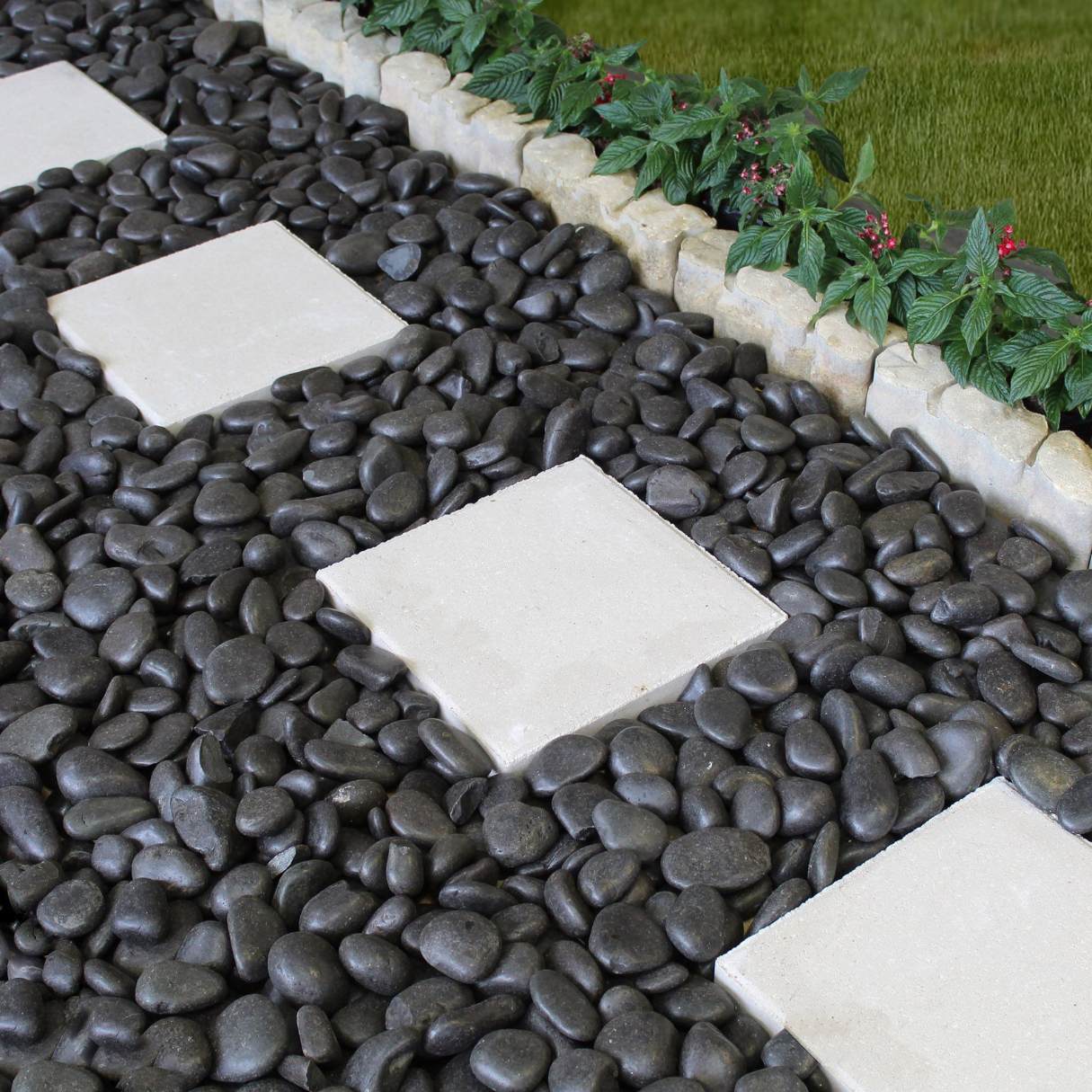
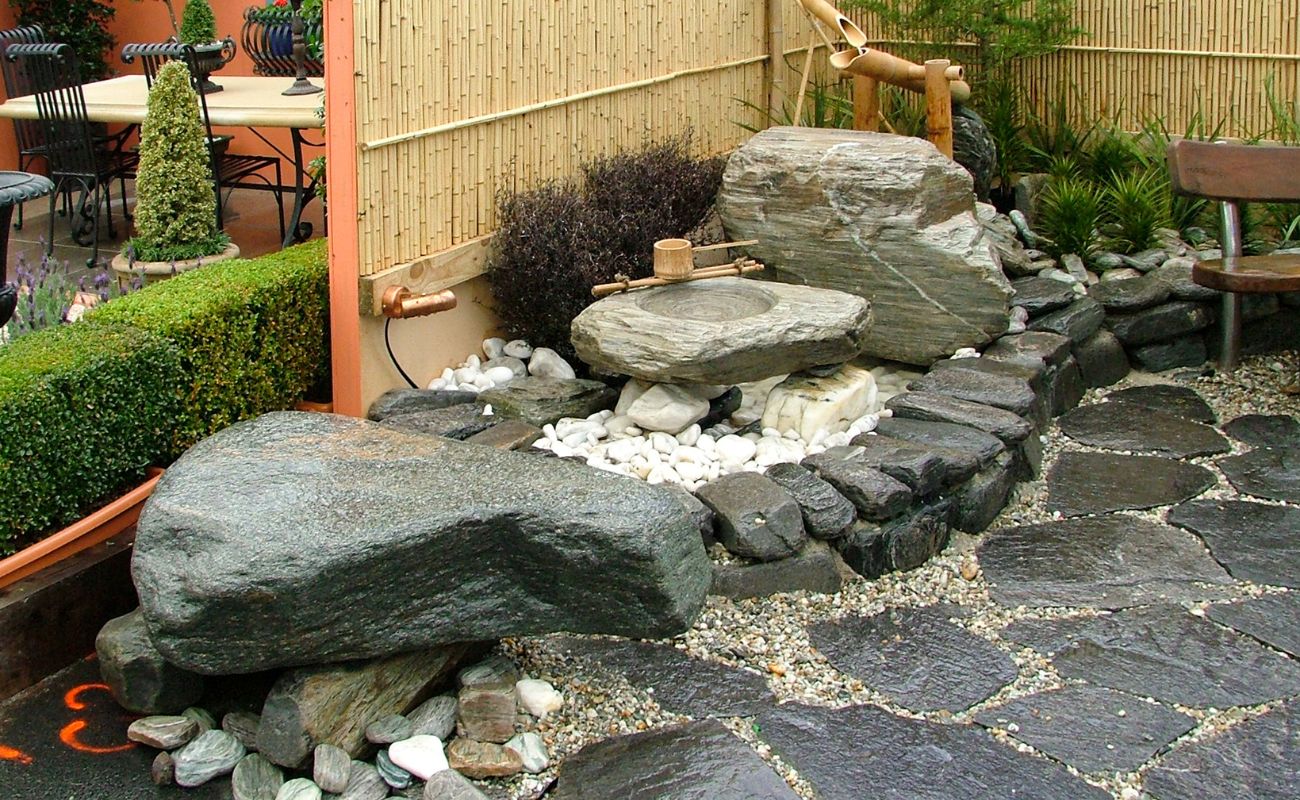
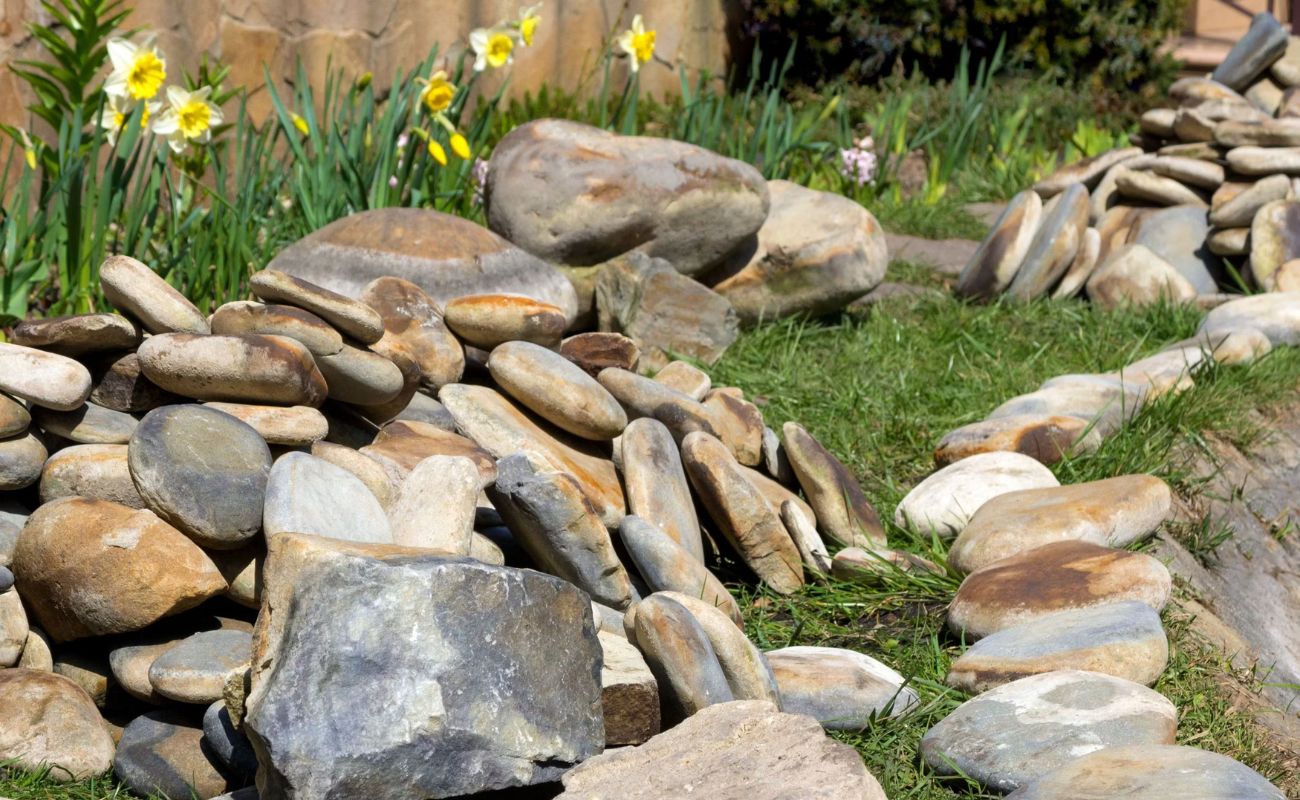
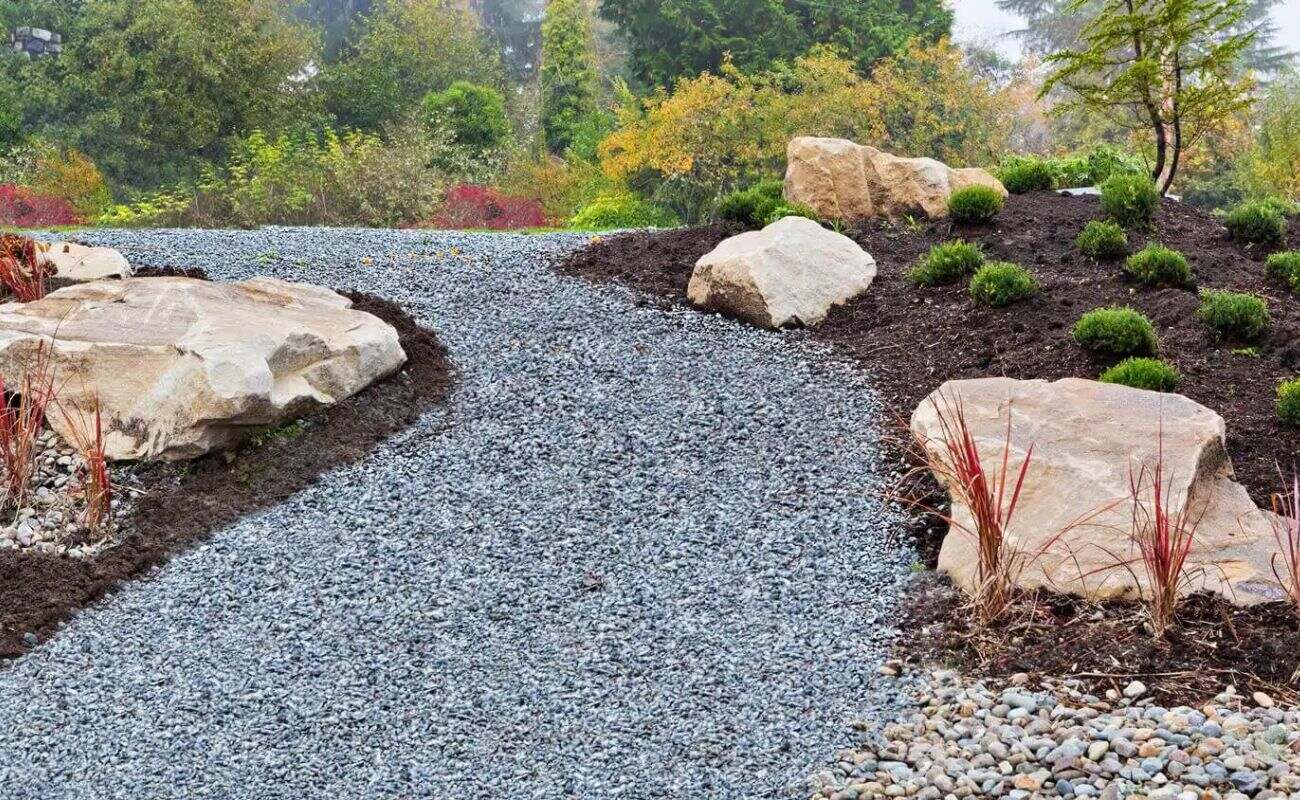
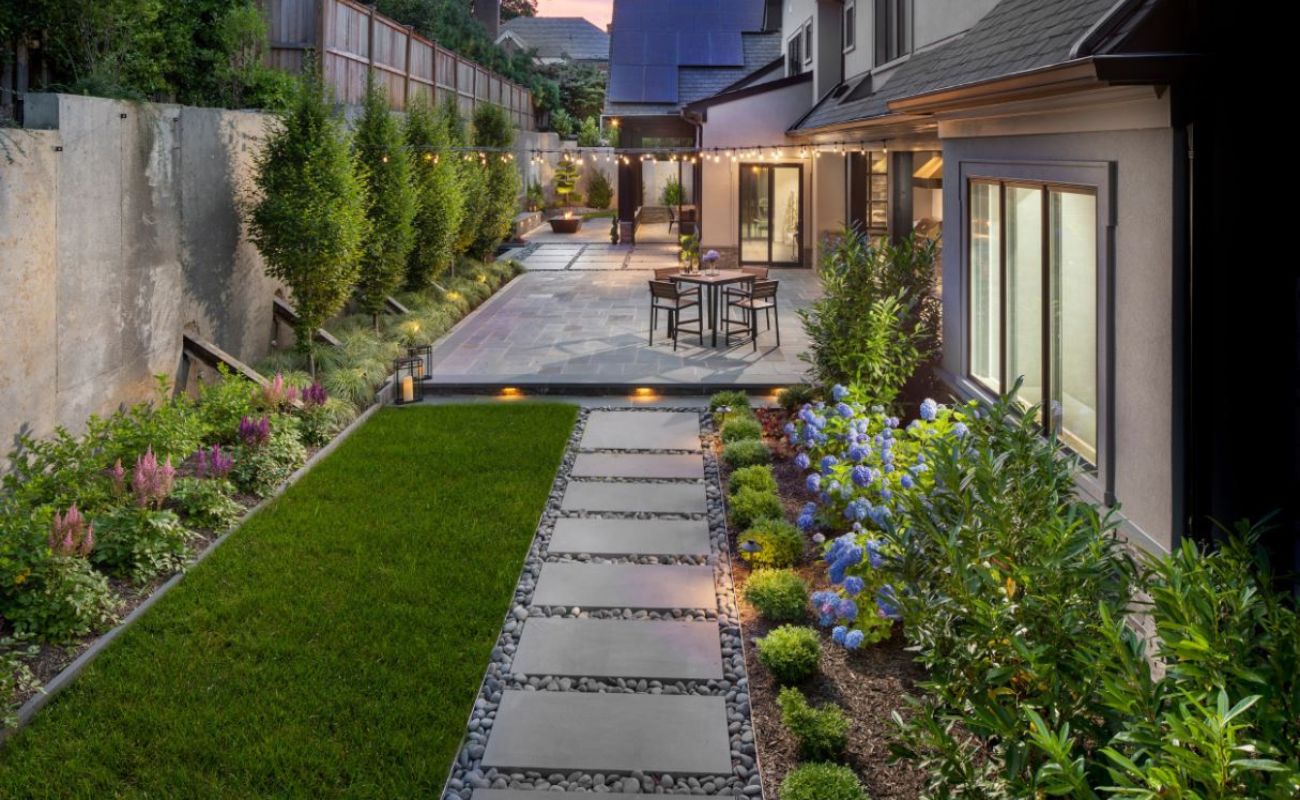
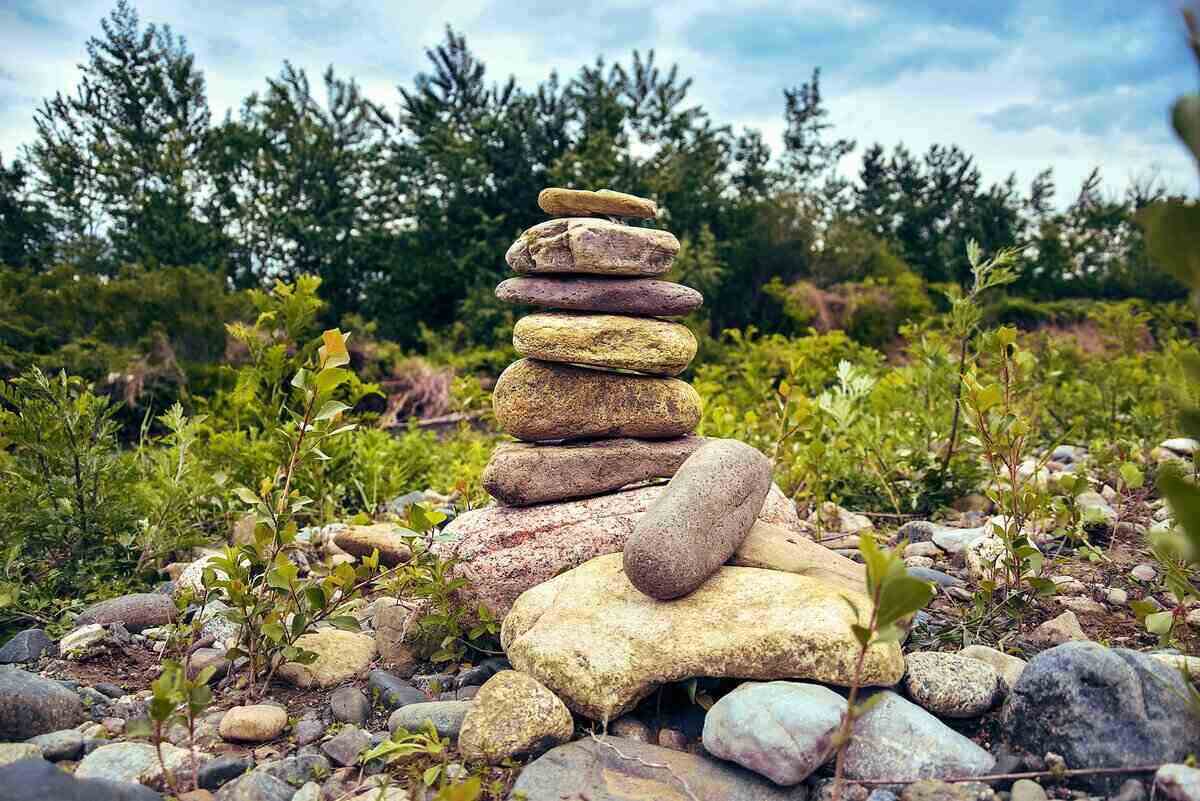
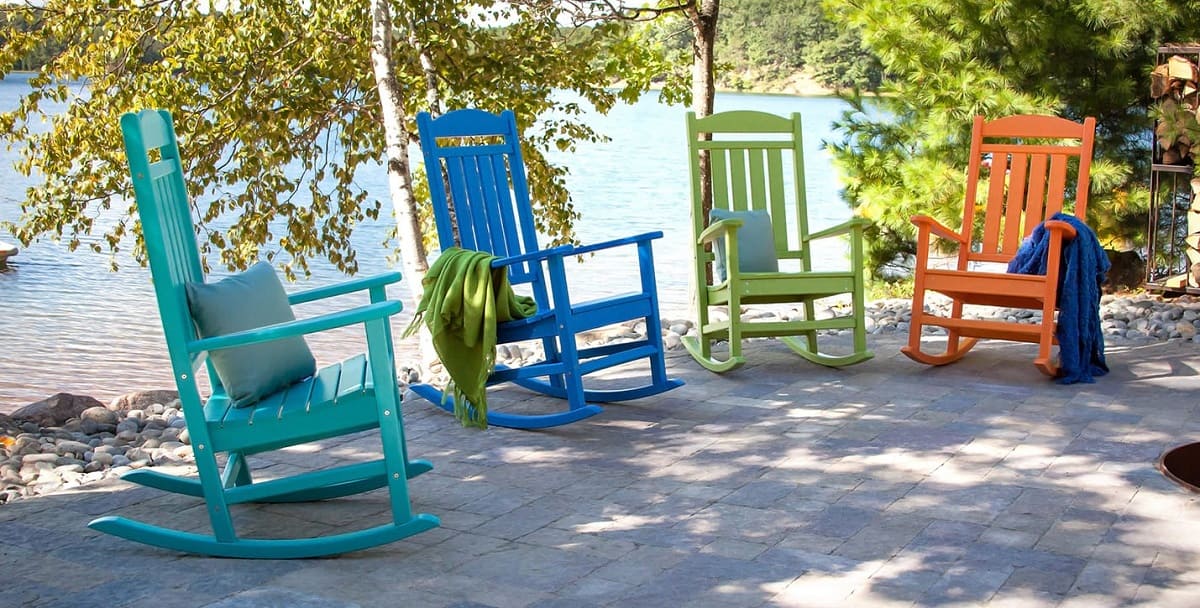
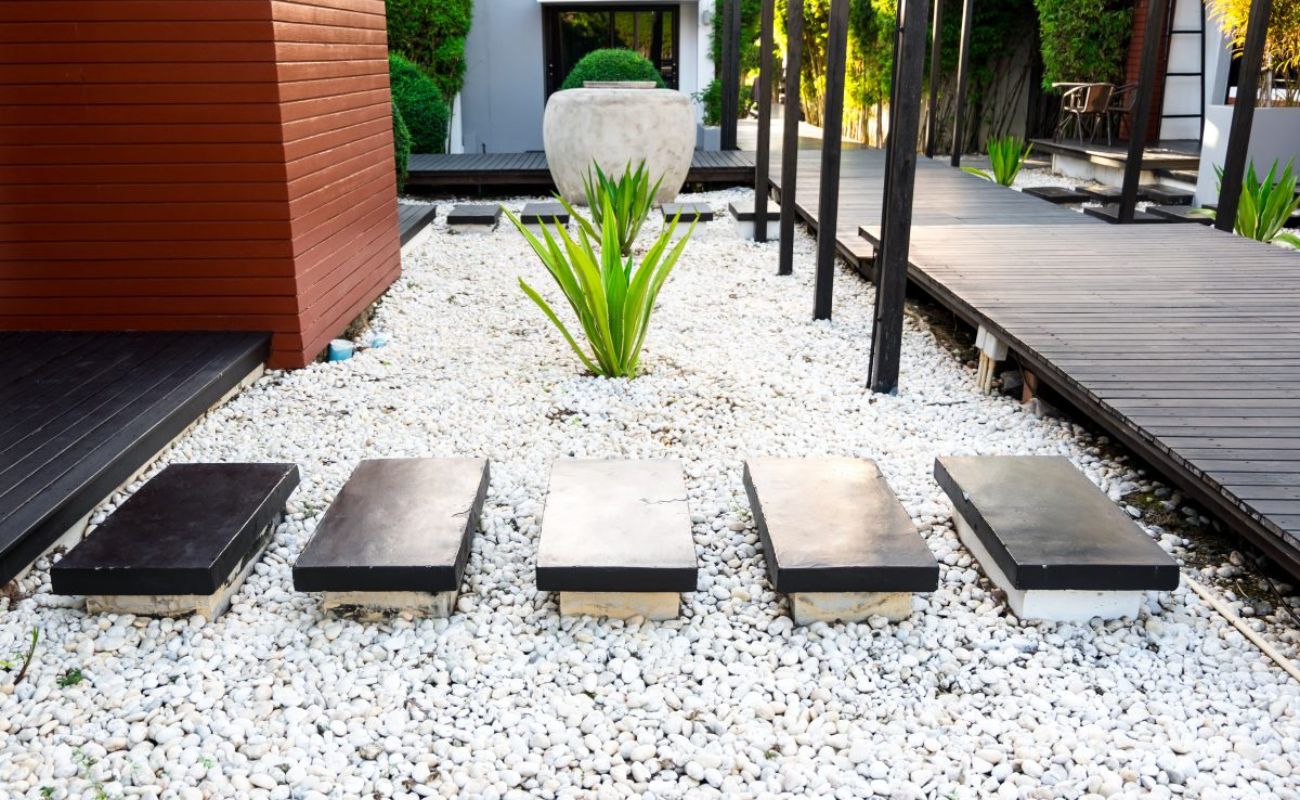
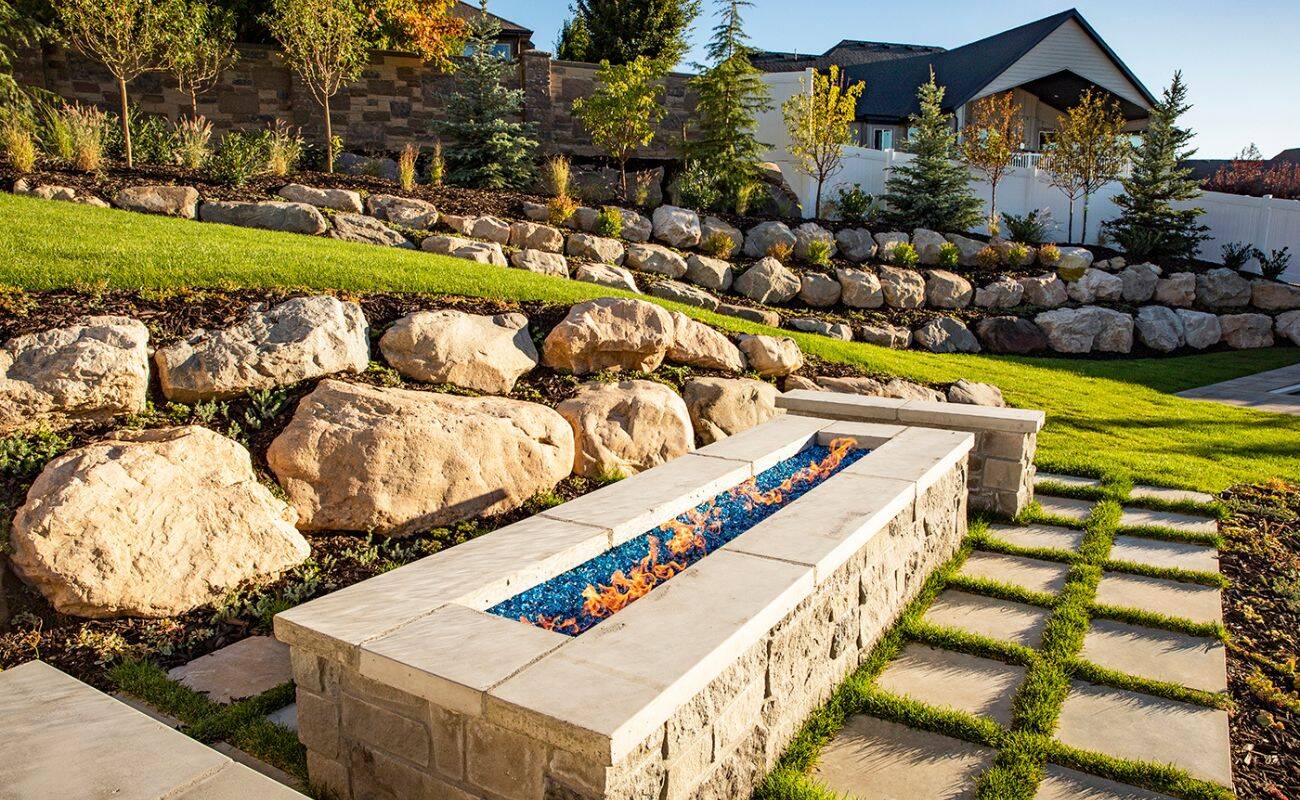
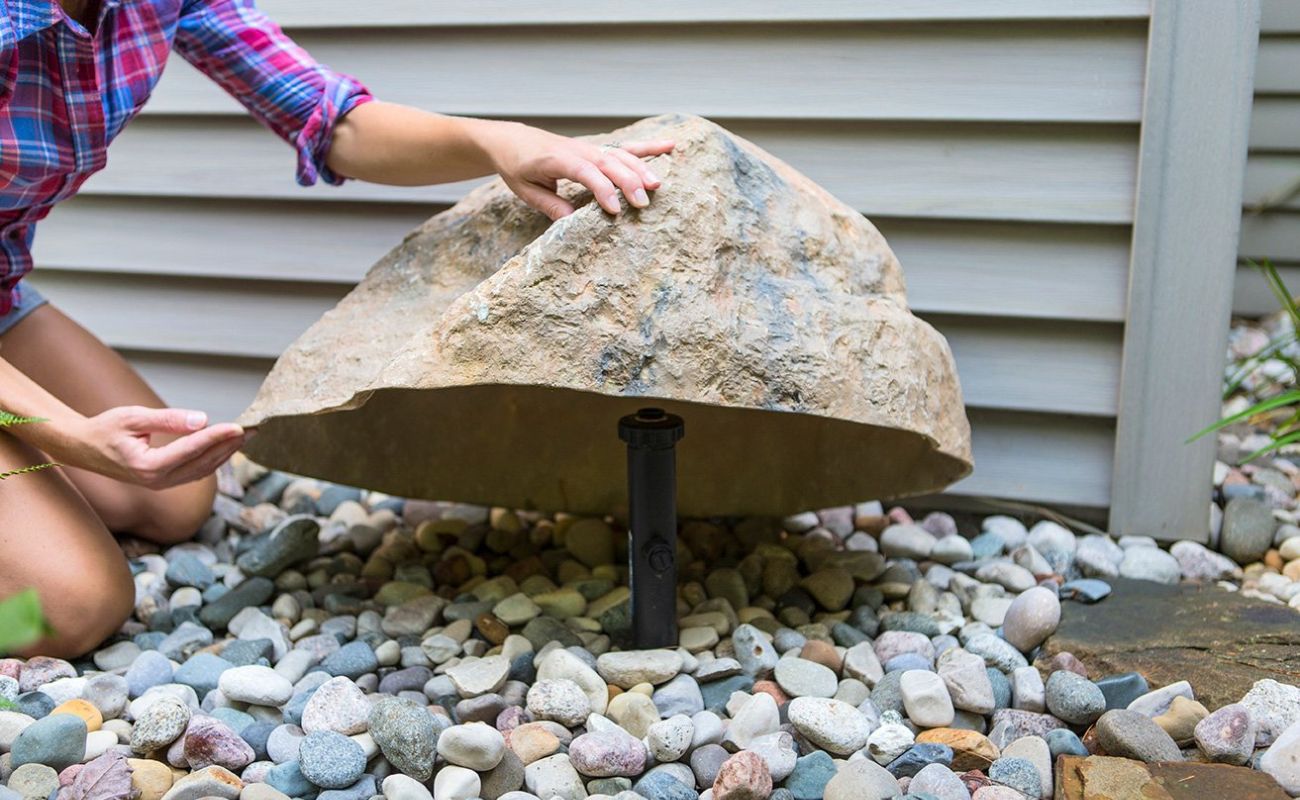

0 thoughts on “What Kind Of Rocks For Landscape Design”